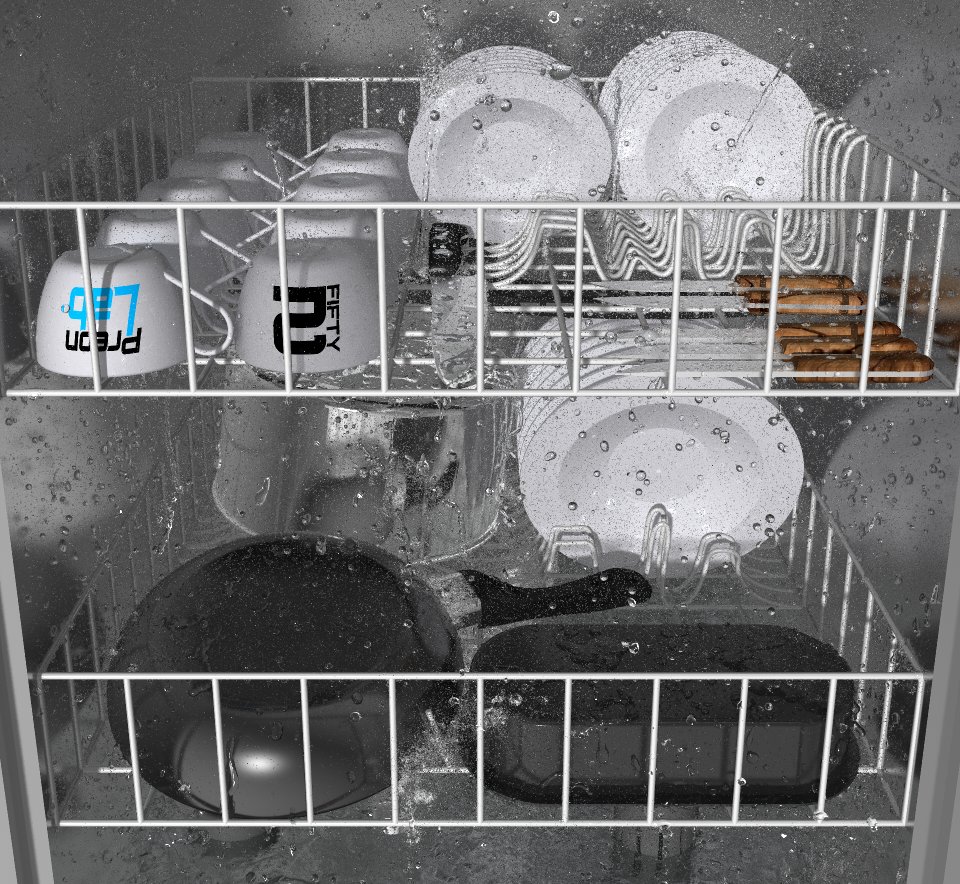Release
PreonLab 5.1 Released

- Snow Solver: The Snow Solver is now up to five times faster when simulating big chunks of snow.
- Thermodynamics & Boundary Conditions: Improve your simulation results with an enhanced set of boundary conditions that allow for more detailed scene initialization or updates in a co-simulation environment, especially in thermodynamics simulations.
- Multiphase Simulation: The Preon Solver has been optimized for low- and high-density contrast multiphase simulations.
- Adaptive Resolution: Better integration with other features opens up adaptive resolution for more applications. Not convinced? There is also a 20% performance boost.
- Adjustable Units: Meter or millimeter? Seconds or hours? Choose whatever fits best for your current application.
This is just a selection of new features and improvements. Check out the changelog to learn about all changes. And enjoy our PreonLab 5.1 Release Event to learn more about what‘s going on in the PreonLab ecosystem.
Make sure to follow us on LinkedIn so that you don’t miss new videos, case studies and updates!





